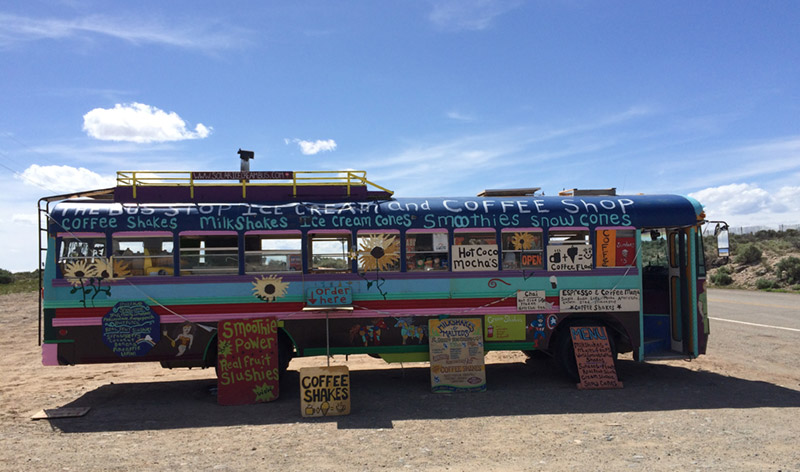The first Chapter introduced the Four P’s, the tools Marketers use to execute their strategy. Here is an example of using the Four P's to market stoves: Four P's Link .
There is some controversy regarding the Four P’s. Some marketers feel there should be seven P's adding People, Process and Physical Presence, making it 7 P’s. Renowned author, Seth Godin, has even suggested an eighth P -
Purple Cow
Marketing your business is about how you position it to satisfy your market’s needs. Each of the four P’s is a variable you control in creating the Marketing Mix
that will attract customers to your business. Your chosen marketing mix should be something you are very attentive to, as it directly correlates to the profitability of your business. As a business manager, you determine the optimal mix of these variables to achieve your profit potential.
Marketing mix, refers to the set of actions, or tactics, that a company uses to promote its brand or product in the market. The 4Ps make up a typical marketing mix.
Product refers to the goods and services you offer to your customers. Apart from the physical product itself, there are elements associated with your product that attracts customers such as the packaging. Other product attributes include quality, features, options, services, warranties, and brand name. Thus, you may consider what you offer as a bundle of goods and services. Your product’s appearance, function, and support make up what the customer is actually buying.
Price refers to how much you charge for your product or service. Determining your product’s price involves extensive strategic thought. We will dedicate several future chapters to pricing strategies.
Place refers to the distribution channels used to get your product to your customers. The method of distribution will vary based on the physical attributes of your product. For example, if you own a small retail store or offer a service to your local community, you are at the end of the distribution chain and are supplying directly to the customer. Of the four P's the most difficult and expensive — and thus, the most significant barrier to entry has been place. Actually getting your product in front of customers requires relationships with wholesalers and retailers, not to mention substantial investments in logistics. Indeed, the companies who control distribution were often the most profitable of all.
Businesses that create or assemble a product will have two options: selling directly to consumers or selling to a vendor. The distribution channel or channels selected can dictate what the rest of the marketing strategy would be, as they influence the buyer directly. Advertising and other marketing methods would then appeal to the buyer’s demographic. Small businesses with limited resources or financial support must perform a careful market analysis to determine which distribution channel is best suited for their customers.
Promotion refers to the advertising and sales efforts of your marketing mix. It is how you let people know what you are selling, and help them get to know your product. The purpose of promotion is to get people to understand what your product is, what they can use it for, and why they should want it. It is important that your target market is informed of how your product will satisfy their needs so they can make an educated decision.

The Bus Stop Ice Cream and Coffee Shop is an exchange with a buyer and a seller. What the seller puts into the exchange is the Product. Coffee, smoothies, ice cream cones, and milkshakes. What the buyer puts into the exchange is the Price. $5 for a Sunday. The way the seller communicates the benefits about that product to the buyer is called Promotion. The promotion could be advertising or sales or a colorful bus offering coffee shakes that provide happiness. And the way the seller delivers the product to the customer is the Place Decision. It can be in a physical store, it can be online, or it might be a bus that travels to where potential customers gather. The value provided is a tasty product delivered in a remote location.
Additional information on the use of the Four P's provided by Purdue University Cooperative Extension Service can be found here: [link]
Some have suggested 4 C's as additional or supplemental tools to market your product.
-
The four C's are as follows:
- Co-created solutions and experiences. Work with the customer to captivate and engage them.
- Communication with communities. Customers want interconnected interactions with like-minded people not just information. Social communities are the new-age promotion channel.
- Customizable personal value. Give each individual customer something that they want and what suits them.
- Choice and convenience. Make sure your product can reach your customers. Use the internet and be online 24/7.